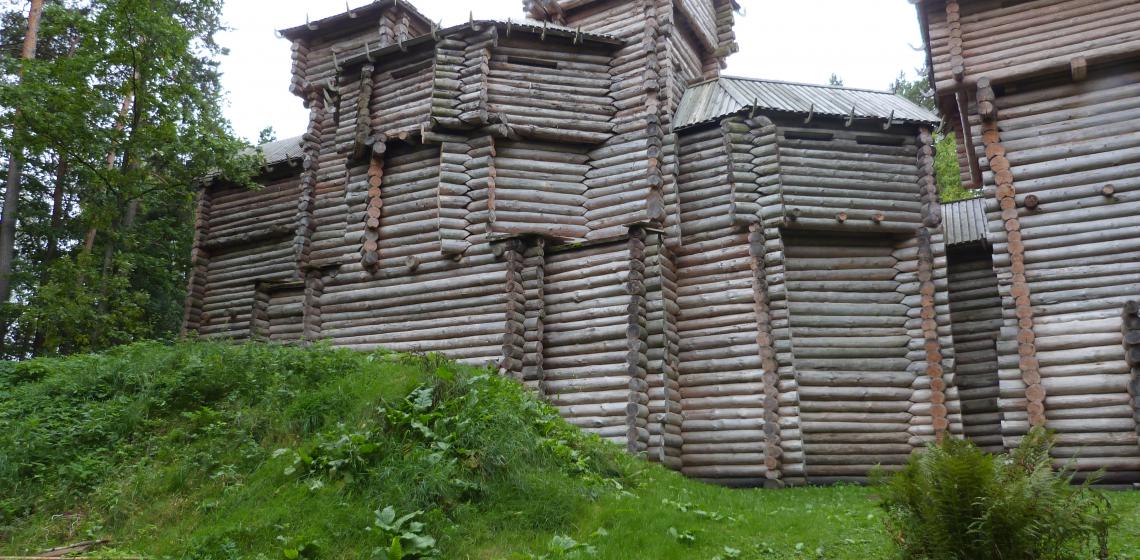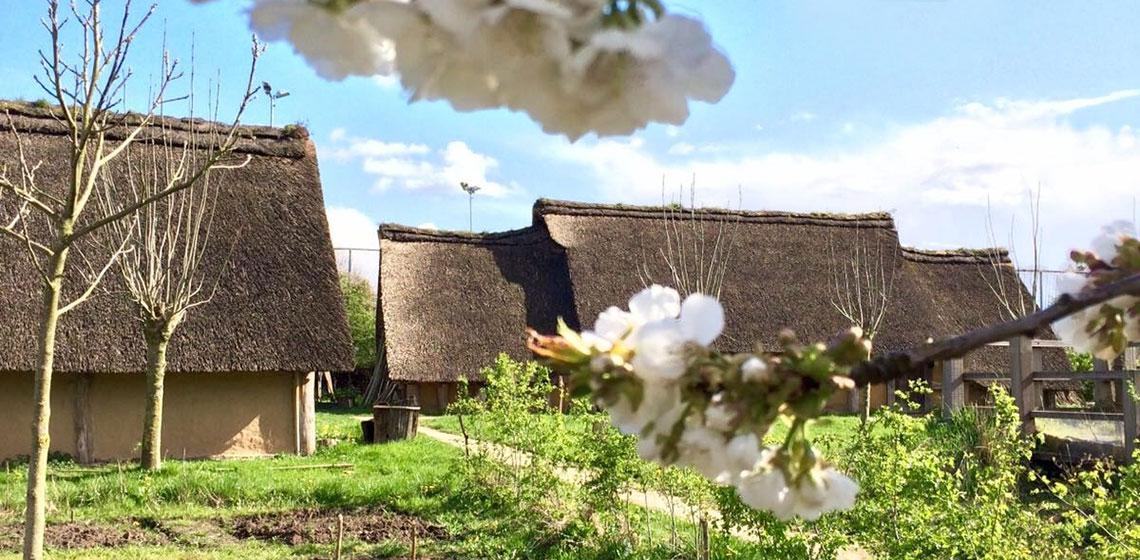Forteresse de Montbazon (FR)
A village brought to life at day and night, with introduction workshops and staged visits. The potter, the basket maker, the weaver, the dyer, the tailor, the calligrapher, the illuminator, the coin engraver, the candle maker, the blacksmith, the saddler, the stone carver, the herbalist, the shingler, the baker and the crossbowman will welcome you in their workshops.
Continual activities, with introduction workshops and staged visits (the donjon, the undergrounds pathways, the torture room and firing the ballistic engines). All year round, the castle opens its gates to the youngest and teaches them history through numerous workshops.

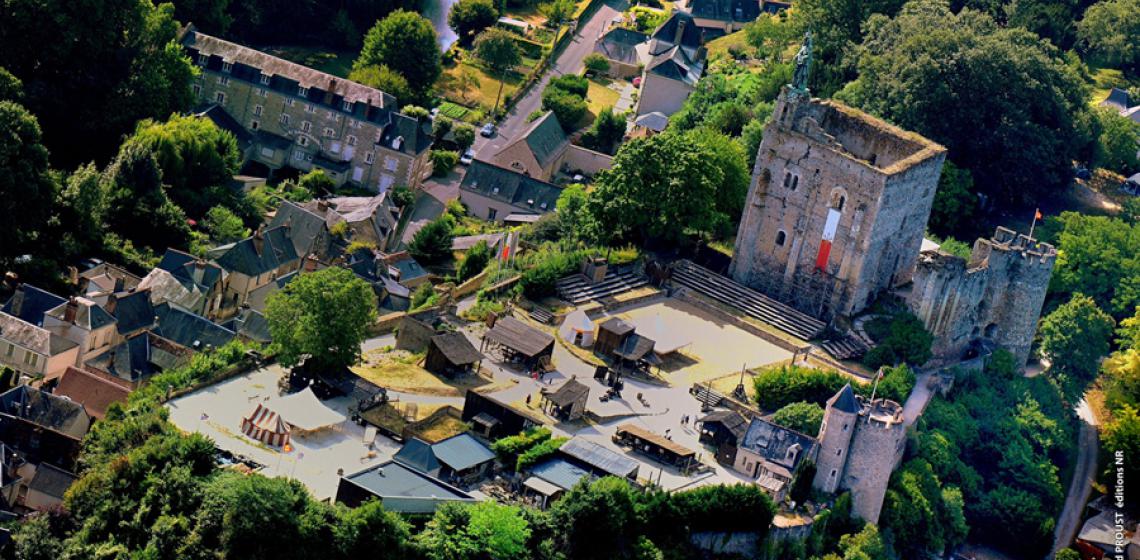
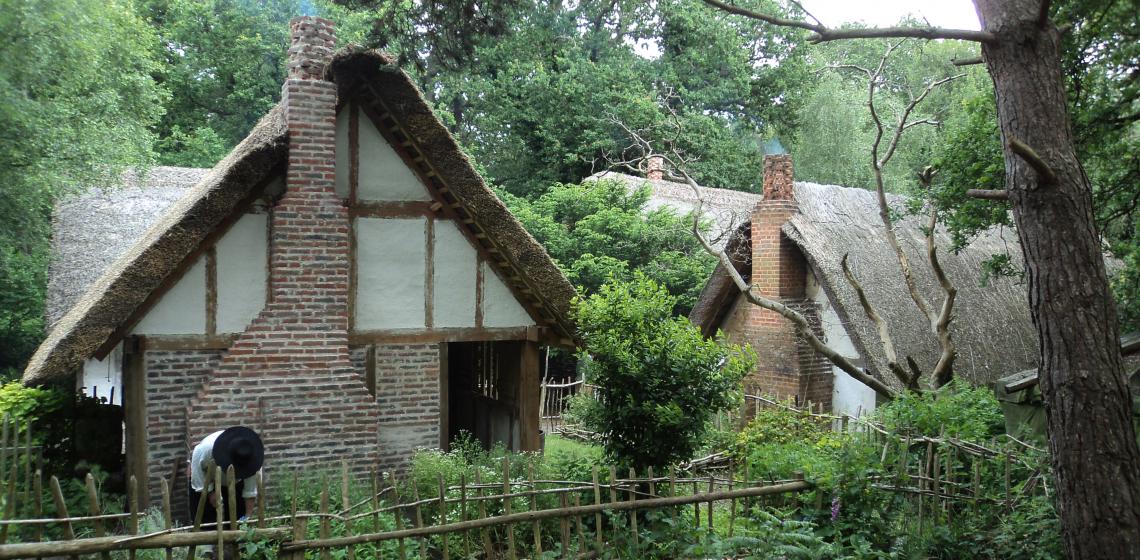
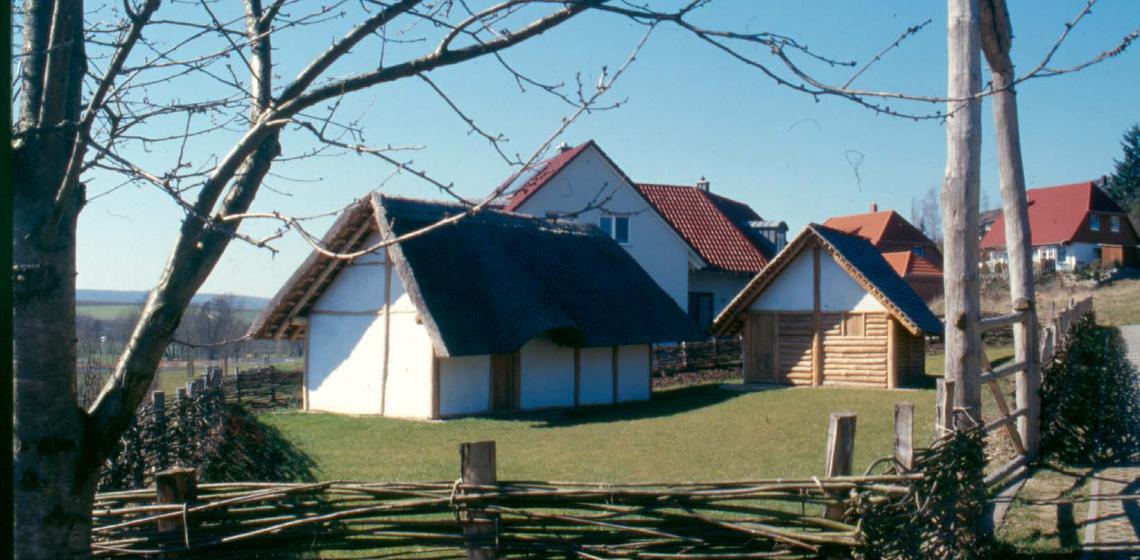

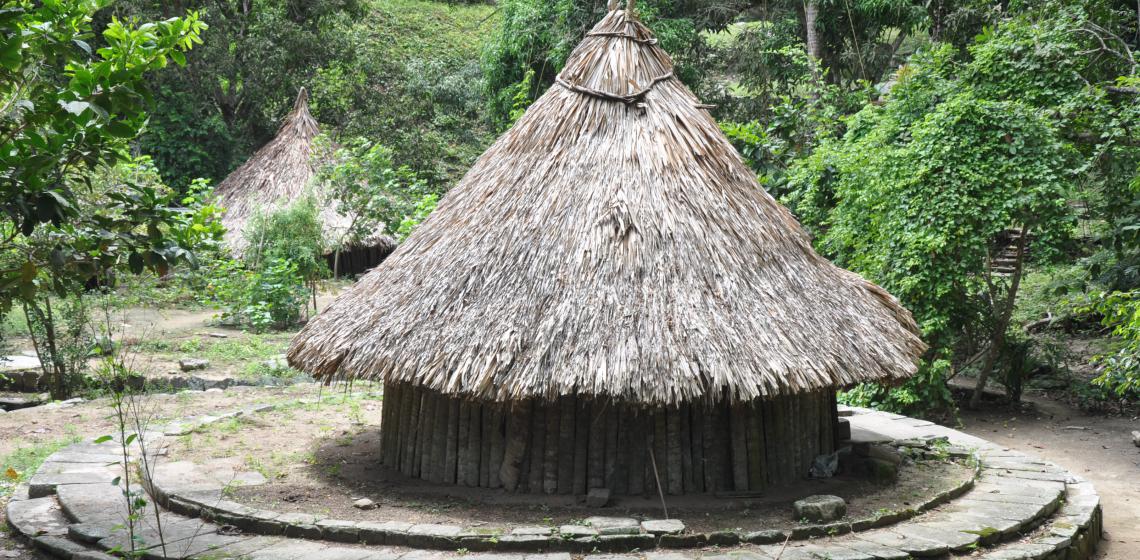
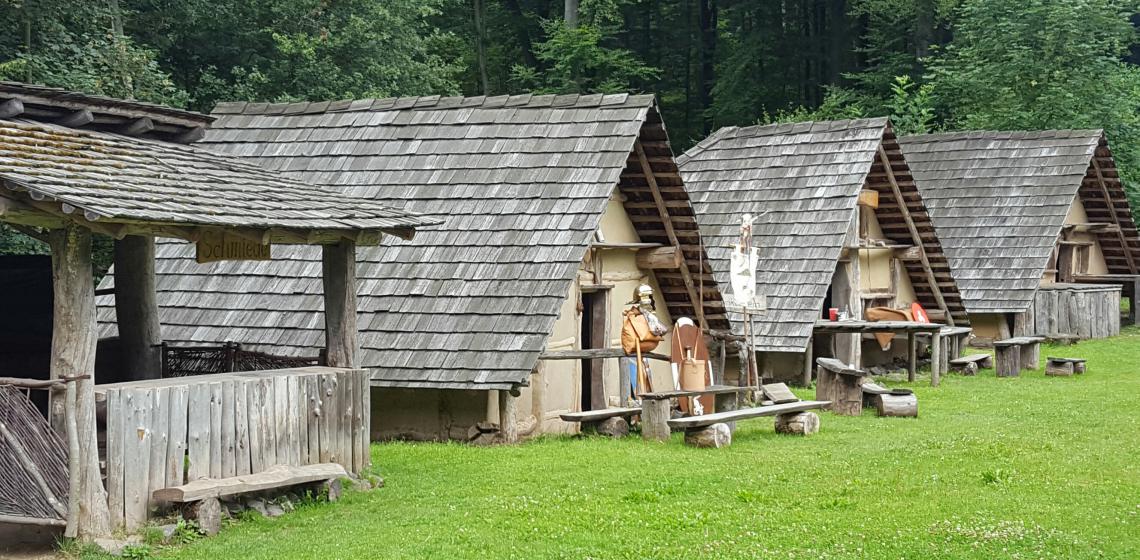
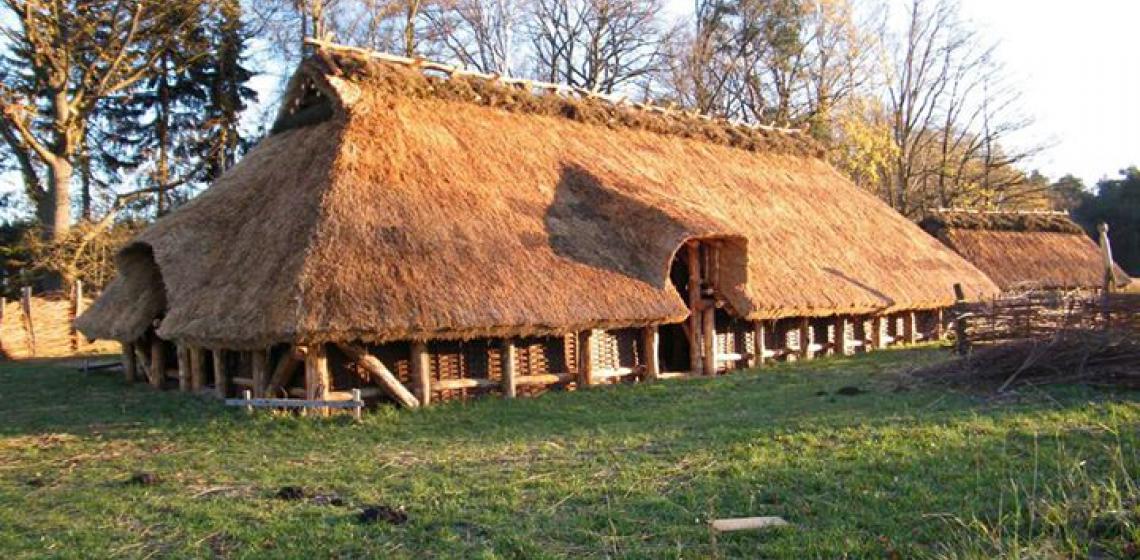
![Photo by Carole Raddato from Frankfurt (DE) [CC BY-SA 2.0 (http://creativecommons.org/licenses/by-sa/2.0)], via Wikimedia Commons](/sites/default/files/styles/full_size_1140/public/romermuseum_schwarzenacker_germany_9299758334.jpg?itok=2GcvRcqh)
